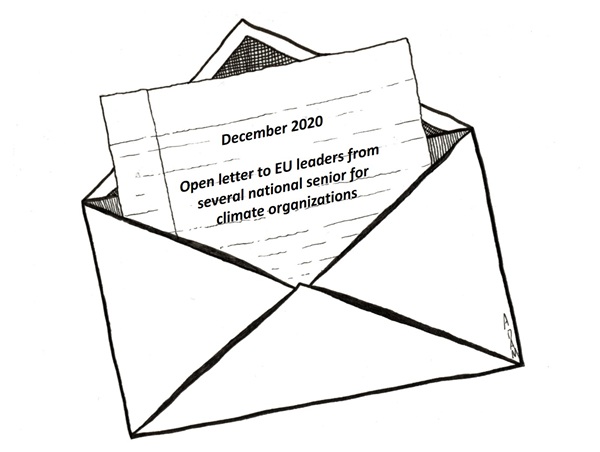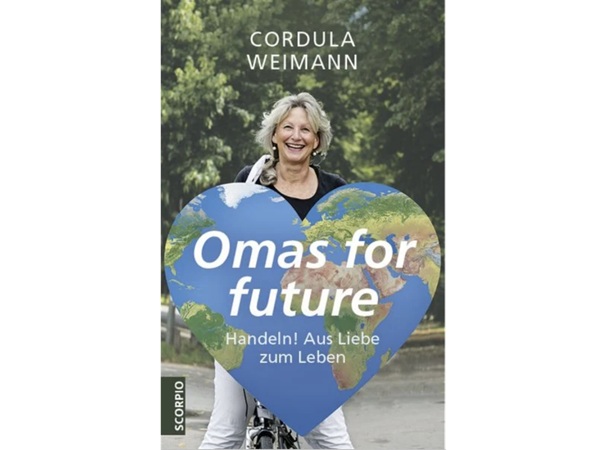The difficulties in achieving a de-carbonized electricity-based economy in Europe
Jean-Michel Corre (Grands-Parents pour le Climat Belgique – Wallonia)
We are all in favour of a fundamental shift toward the use of carbon-free energy sources in transport, heating, and industrial production. Up to now the achieved share of clean renewable energy in the form of electricity has been easily pumped into transmission lines and directly put to use in our societies and economy. Will this still be possible when Europe goes electric to a much larger extent? Europe is realizing its nearly total dependence on imports for “rare earths” (actually metals, key components of clean energy production and storage). In addition, the shift to “clean” electric energy entails huge investments in transmission and distribution capacities.
Will we be able to invest quickly in a new electricity-based society in time for the next generation?
At a recent North Sea Summit (April 24, 2023, Ostend), nine countries (EU members + Commission + UK) concurred in a plan to transform the North Sea into a Green Powerhouse, by multiplying by 4 in 2030 and by 10 in 2050 a present 30 GW to reach 300 GW wind power capacity. Implementation and financing of this “vision” are left to national authorities and economic agents. Political pledges promise coordination, technical coherence and access to technologies to facilitate reaching these goals. “Energy artificial islands,” interconnected wind farms areas, and joint security measures should help create and secure an inter-European energy hub. A beautiful picture. However, representatives of the private industrial sector (Wind Europe) point to uncertainties in reaching the necessary production of windmills, securing the parts and components (including rare metals) and lastly the financing of these complex investments. Coordination is in sight; implementation remains a challenge. Bottlenecks are looming.
- Rare earths (and other metals).
The all-embracing use of rare metals in relation to an environment-friendly shift leads to the prospect of immense increased demand. This created an awareness of scarcity and political dependency mainly on China which processes 72% of the world’s cobalt and 61% of its lithium. By 2050 the output of cobalt, graphite and lithium, would have to be more than 450% higher than in 2018 to meet battery demand alone (World Bank).
Europe produces 3% of these metals (as used today). The European Commission would like to reach 10%. That modest increase is not easily achieved (NIMBY and costs). In addition, due to the recent increase in use of these metals, there is no trove of “second-hand” minerals to be recycled. According to the International Energy Agency, efforts to reach the goals of the Paris Agreement would mean a world quadrupling of “mineral requirements” for clean energy technologies by 2040. These are mind-boggling figures in an already investment hungry world keen to finance remediation and compensation for climate change induced damages to population and nature.
Copper, a “traditional” metal is expected to experience a doubling of consumption between now and 2035 to 50 million tons. In spite of recycling, which used to provide one half of consumption, supply is unlikely to keep up. Huge additional deposits have been located worldwide. But “greenfield” copper mines (in non-traditional mining sites) are all deeply opposed by local populations or wary political authorities. Even just the extension of existing mining operations or areas are said to wait 6 to 10 years for regulatory and political go-ahead. Hence the many thefts of copper lines along railroad tracks!
- Electricity connection: the grid quagmire
Future huge quantities of electrical power generated in a decentralized way (not at former petrol stations or client industries at faraway places) suppose a rethink of distribution grids (high-voltage and low-voltage) and question the investment capacities of our societies. The present grids (transformers, power lines, customer connections) are based on a different industrial and social past. The challenge of electric car recharging is a harbinger of consequential changes. This also obtains for new types of industrial locations.
The new present and future energy sources are and will be located in places very different from steam-powered generators. New transmission lines will be necessary to balance production and use, at transnational level and very often along different routes. Intermittent sun and wind energy will create the need for storing facilities at the consumer-level and at the producer/supplier level. Technical possibilities are well known. But some are very expensive and the magnitude will be immense. These travails will represent an additional unexpected footprint. Acceptance by concerned local communities and administrations, the implementation of rather conservative land-planning rules will raise many difficulties. The financial cost for our generation will most probably be much higher than expected.
A caveat should be clearly stated, not to slacken the need for the necessary shift, but to make it feasible in due time. The overall social and financial cost of the new energy paradigm is not adequately accounted for.
It is time to mean business to maintain a liveable planet, and to take seriously the implementation of new policies. Goodwill declarations of intent must lead to effective planning and resource allocation. Militancy should now address feasibility, and be ready to make difficult choices and press governments to follow with actions beyond sheer announcements. Moderation in consumption should also be put into the foreground, as a necessary accompanying shift.






